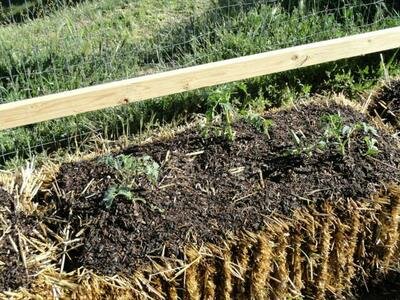Stunted tomato plants with curling leaves

I conditioned my bales with blood meal and waited to plant. We did have a few cold nights but not freezing. Tomatos are trying to grow but most blossoms fall off and leaves are curling and small. Bales are moist,I have lots of runoff water.I have tried less water, more water, fertilizer. They get lots of sun. Should I just start over?
Comments for Stunted tomato plants with curling leaves
|
||
|
||
|
||
|
||
|
||
|
||
|
||
|
||
|
||
|
||
|
||
|
||
|
||
|
||
|
||
|
||
|
||
|
||
|
||
|
||
|
||
|
||
|
||
|
||
|
||
Garden Gift Hub is one of the most thoughtful and interesting places on the web to find original and useful gardening and nature inspired products.





